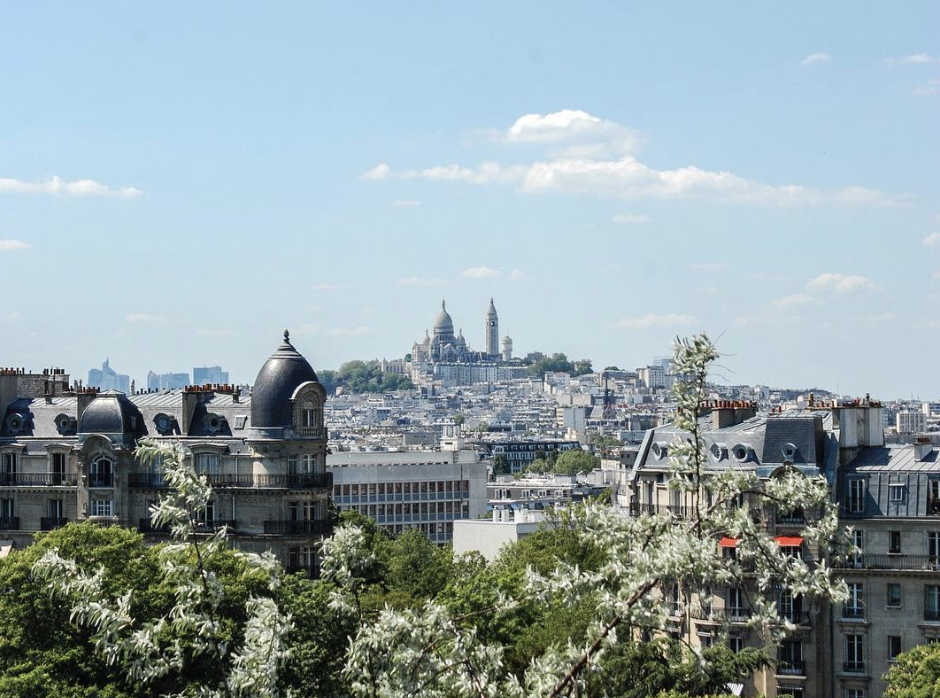Once upon a time, the earth was empty. Before Homo erectus, dinosaurs or even the first molecule of microbial matter, sometime during the Archaean age the earth was barren. A basic conglomeration of gases, solids and liquids, with some land here and water there, the earth was devoid of the people, places and things that so vividly make it up today. The language that conceptualizes them was billions of years from its inception and the beloved island of Manhattan had yet to breach the surface of the seas.
Fast forward to the first documented encampment in the Metropolitan area: the pre-colonial Native American community of Lenape — the original New Yorkers. In 1624 Peter Minuit and the Dutch arrive, colonizing the island in a record-setting, trans-linguistic transaction. New Amsterdam is born.
Fast forward again to 1664 and New York City is named in honor of the Duke of York. Then comes the American Revolution, the first continental congress, the constitutional convention, and a brief 300 years. A blip, in the cosmic sense, wherein construction workers and urban planners slowly convert nature into concrete jungles, until we arrive at a city that circulates eight million people and weighs over two billion tons.
All told, from Amerigo Vespucci to Andy Warhol, humans have been mapping out New York for an incredibly short period of time. Yet in that short time the earth has undergone the most rapid period of development in recorded history.
Today, I stroll past the youthful trees of Central Park, paying homage to the now fossilized glaciers, wearing clothes that travel through broken Pangea, listening to Pythagorean rhythms through buds of glass and metal, reading Vasari’s account of the artists that shaped the museums on either side of me. I think of worlds near and afar, of me before myself, the speck of collective atoms that joined at my conception, of my father and my mother. I look up at star-driven skyscrapers, in awe of how native they seem. The materials that compose these obelisks come from the earth, like the workers that construct them, and the energy that keeps their fires burning.
I’ve reached my Central Park rock. I don’t own this rock or anything, but it holds a special place in my heart, a one peaceful corner in a city that never sleeps. Whenever I find myself here — right on the bank of the lake — all the chaos of New York City dissipates against an invisible shield. A shield that no honking cab driver, nor angry pedestrian, nor subway rumble can infiltrate. This rock is my shelter from the barbarous concrete jungle. It keeps me safe and willful, reminding me that I am distinct from the translated metals and rocks, the artificial sound waves, the monotonous hues. On this rock, removed from anything but the sound of my own breath, I feel at home with me, myself and I. No boundaries, no limits, no possessions. As I look out onto the row of trees lining the shore, at skyscrapers projecting light to the sky, I ask myself: Where did the mountains go? The reflection is fleeting: I am the mountain.
Of Other Natures will be showcased as a one-time exhibition event Saturday, October 27th from 3-7 p.m. at Marcel Breuer’s “House in the Garden” in Princeton, NJ. If interested in attending, please email: [email protected].
We’d love to know your thoughts on Thrive stories and Quaker products. Take our quick survey here! [Sponsored]


